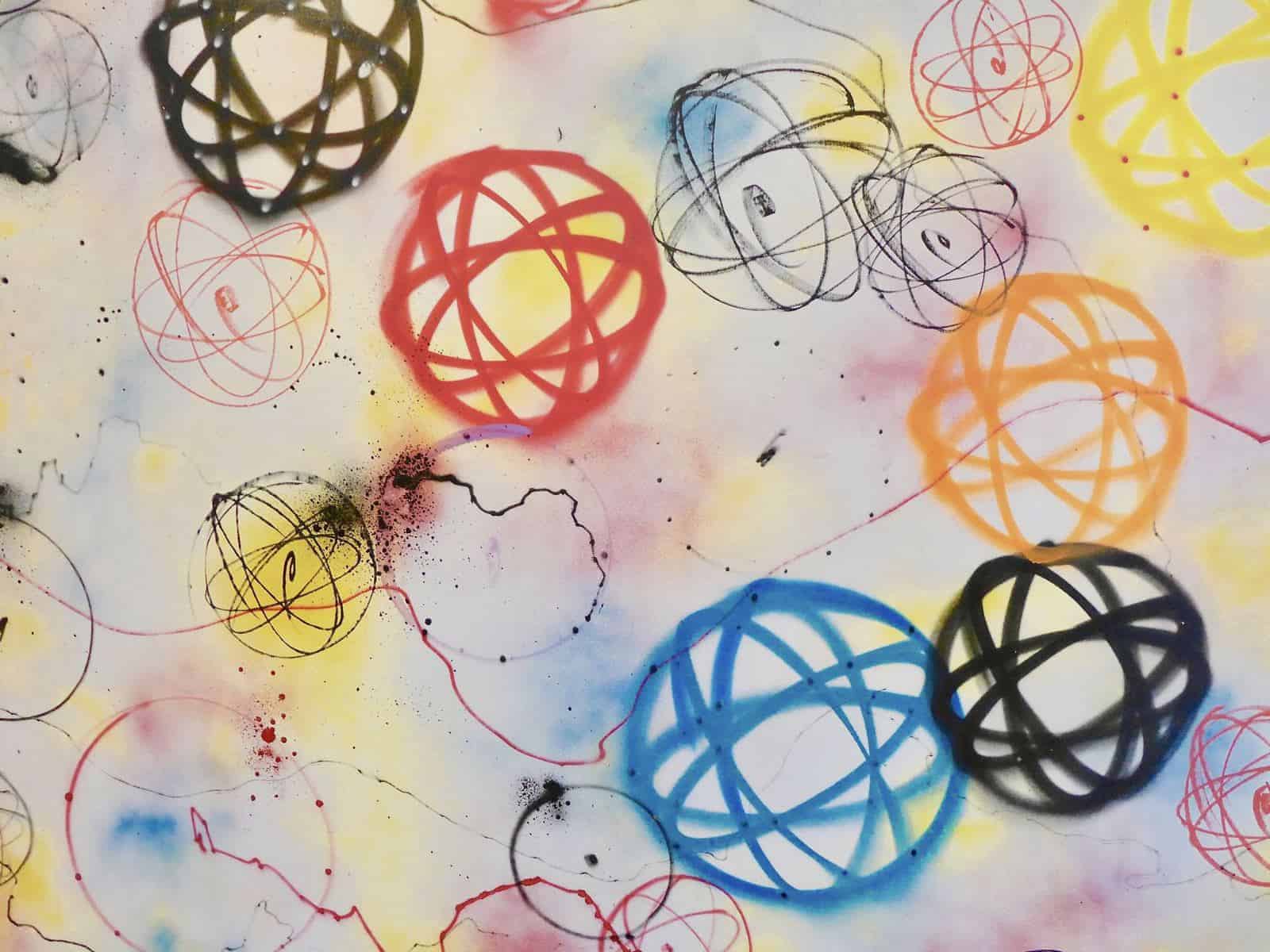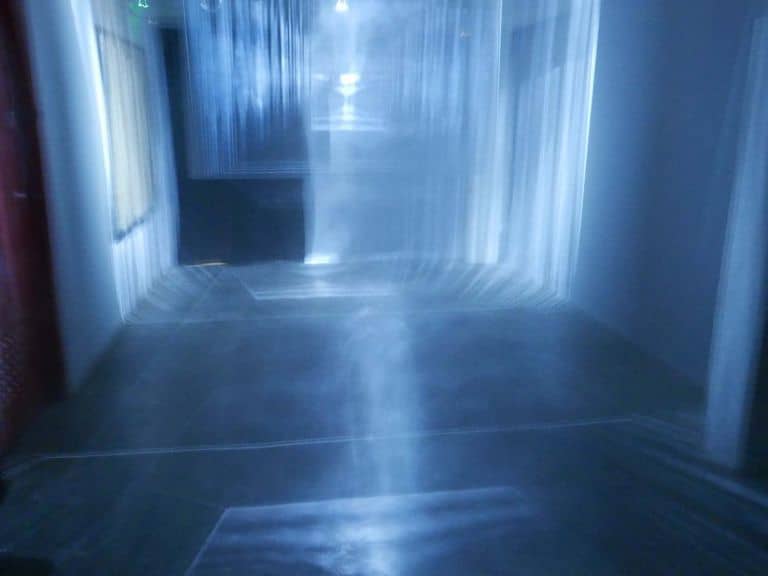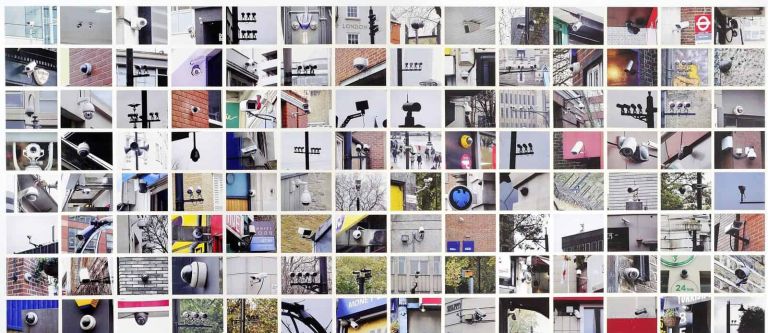Street art is generally understood as art that is literally painted on or near physical streets. While its earliest expressions can be traced to the 1920s and ‘30s, its impact was most strongly felt in the 1970s and ‘80s when it was viewed as a voice for the oppressed and a form of political activism for the marginalized. The act of spray painting images in public spaces was a kind of retaliation against people in power who ignored the words and feelings of the weak and disenfranchised. Since those words fell on deaf ears, artists brought them to life on the streets, where people would be forced to see them in all their jarring, technicolour glory.
‘Tagging’ (or, the writing of a graffiti name with spray paint or markers) is often understood to be synonymous with street art but is, in reality, but one of the many different kinds of expressions encapsulated by the broader term ‘street art.’ One example would be that of sticker bombing. Singaporeans may be familiar with Samantha Lo or her street moniker, skl0, the ‘Sticker Lady,’ who pasted her self-made stickers onto traffic light poles as a statement on Singaporeans’ tendency towards rigidity.
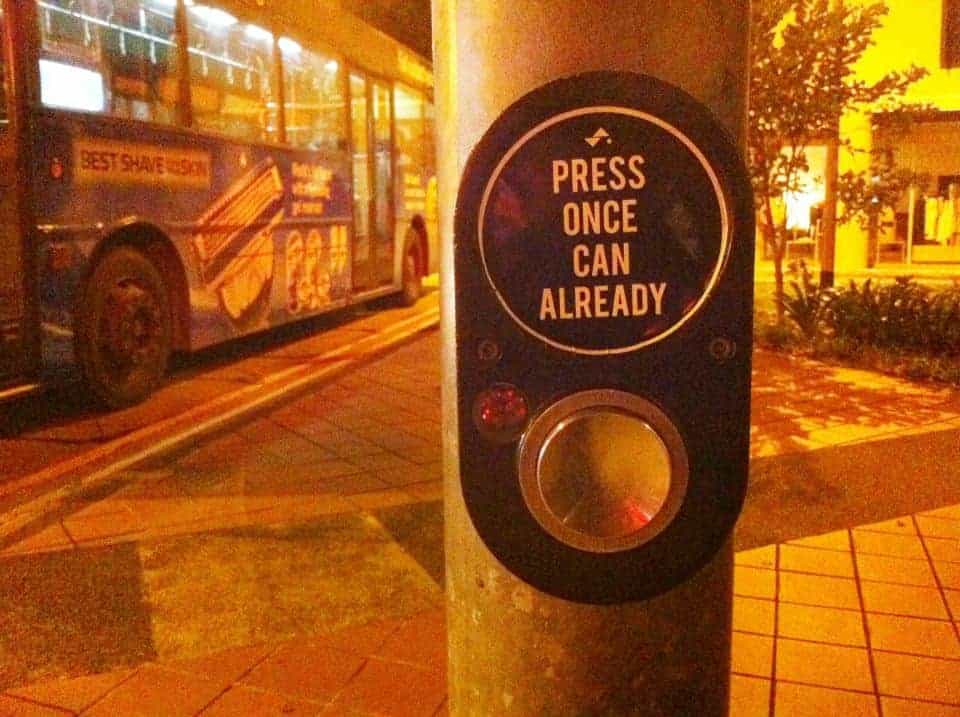
Stencilling, commonly associated with the anonymous street artist, Banksy, is another form of street art – one in which, as the name suggests, paint is sprayed over a pre-made stencil in order to imprint an image onto a surface.
My personal favourite, however, is wheat pasting, where posters are pasted on walls with a paste mixture of starch and water. Wheat pasting is a versatile, easy, and low-cost method of producing larger composite artworks. Using this technique, one can print out the separate components of a work using a home printer, and then combine them into a large piece like a jigsaw puzzle.
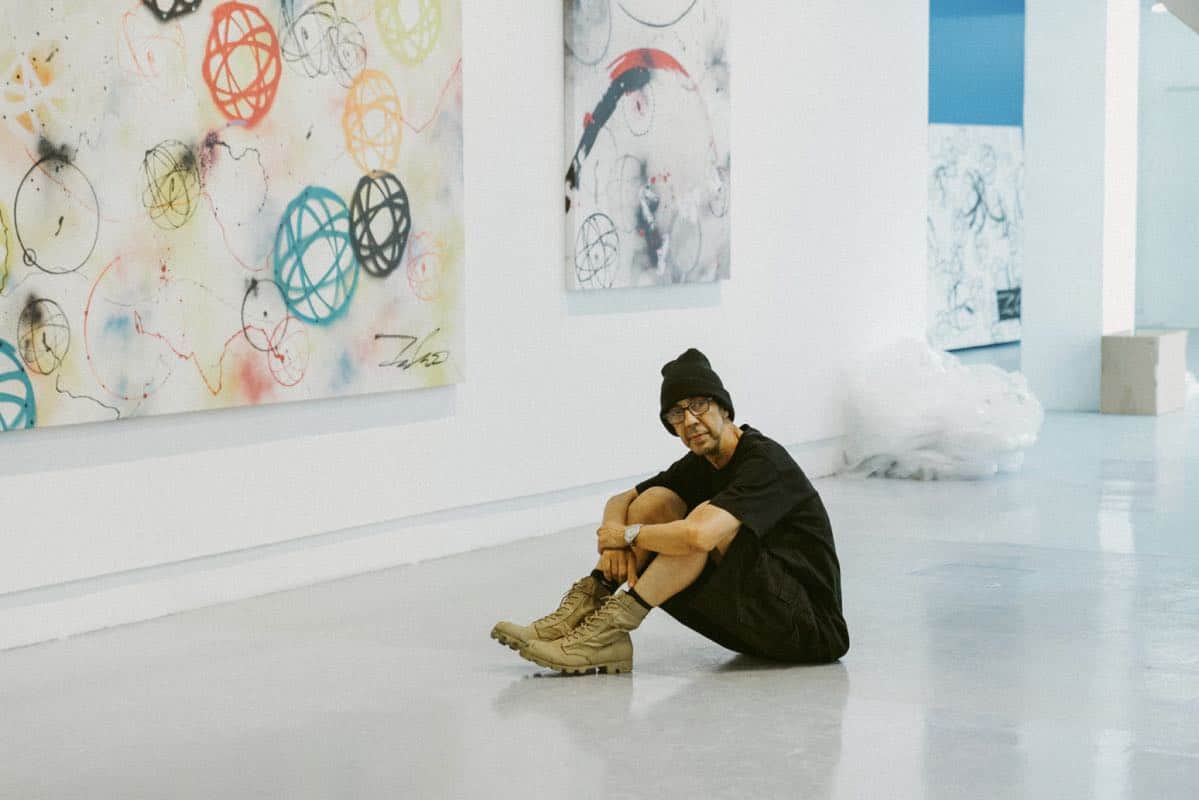
On 30 May, The Culture Story launched a solo exhibition of works by one of the legends of the contemporary street art scene, Futura, at its pop-up space at Gillman Barracks. CONSTELLATION marks his first show in Southeast Asia and consists of all-new works created by the artist during a prior two-week residency at The Culture Story.
Futura, born Leonard Hilton McGurr in 1955, began painting illegally in the subways of New York City in the early 70s. A contemporary of artists like Keith Haring and Jean-Michel Basquiat, Futura is also well-known for his live painting of backdrops during the performances of the cult rock band, The Clash. He toured extensively with The Clash in 1981 and was responsible for the design of many of their album covers, lyric sheets, and sleeve notes. He has also created artwork for James Lavelle’s UNKLE Project. (James Lavelle is an electronic musician and record label owner who has produced music for some of the biggest rock acts in the western world such as Metallica, Radiohead, and Linkin Park.) Futura’s signature Pointman character, a robotic figure with an elongated head, was born through this collaboration and has appeared on various album covers, artworks and fashion merchandise over the years.
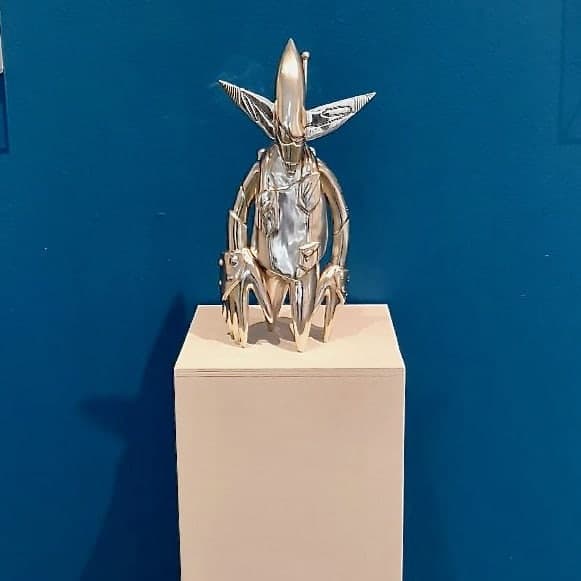
With recent showstopping KAWS and Basquiat sales figures, as well as the Banksy shredding event, one wonders if street art is having a moment. In her article The Death of Graffiti: Postmodernism and the New York City Subway, Claudia Barnett identifies the illegality of graffiti and street tagging as an important part of the medium itself. The commodification of the art form was near impossible as the graffiti would be washed off after some time. As Barnett argues, “Neither spontaneity nor danger can be captured on a static wall, and certainly not on a gallery wall. Authentic graffiti cannot be painted on canvas.”
Futura himself was quoted in a 1982 article Report from New York: The Graffiti Question, when commenting on the act of writing graffiti on subway cars,
“I don’t want to get sent to Riker’s Island, which could happen if I were caught on a top-to-bottom fall-car job at night in a tunnel. But if it were legal, it wouldn’t be the same; you need the edge, the consequences of being busted.”
While that’s certainly one way of looking at things, here’s another to consider:
The transcendence of a street artist to the fine walls of an art gallery should not just be seen as commodification but perhaps as a kind of evolution of the artist’s practice. The art gallery is, after all, simply another route for an artist to speak to new audiences. While the audiences in question may be more niche, placement in an art gallery does, in a way, augment the traditional function of street art in giving a voice to the voiceless, in a place where people can no longer pretend to ignore the grievances of the man on the street.
In sunny Singapore, graffiti is generally frowned upon and tagging is only allowed publicly at one place, *SCAPE Youth Park. If you do see wall murals by graffiti artists, they would usually tend to be commissioned work. Graffiti artists would simply not risk creating murals illegally because of the harsh laws against vandalism in Singapore. It is therefore intriguing to think about the dialogue between Singapore’s general stance on street art and the existence of carefully curated street art exhibitions in rarefied art spaces such as Gillman Barracks.
For the new works in CONSTELLATION, Futura took his cue from his first visit to Singapore as a Naval Petty Officer (the equivalent of an SAF sergeant) back in 1974. The result is a body of works which is a nod to both the stars in the sky as well as the naval vessel that first brought him to Singapore – the USS Constellation. Curated by Singapore pop artist Jahan Loh, CONSTELLATION is also a testament to the 13-year friendship between Loh and Futura and the supportive and collaborative spirit among the global street art community in general, which Futura paid tribute to when he spoke to us at the media preview on Wednesday.
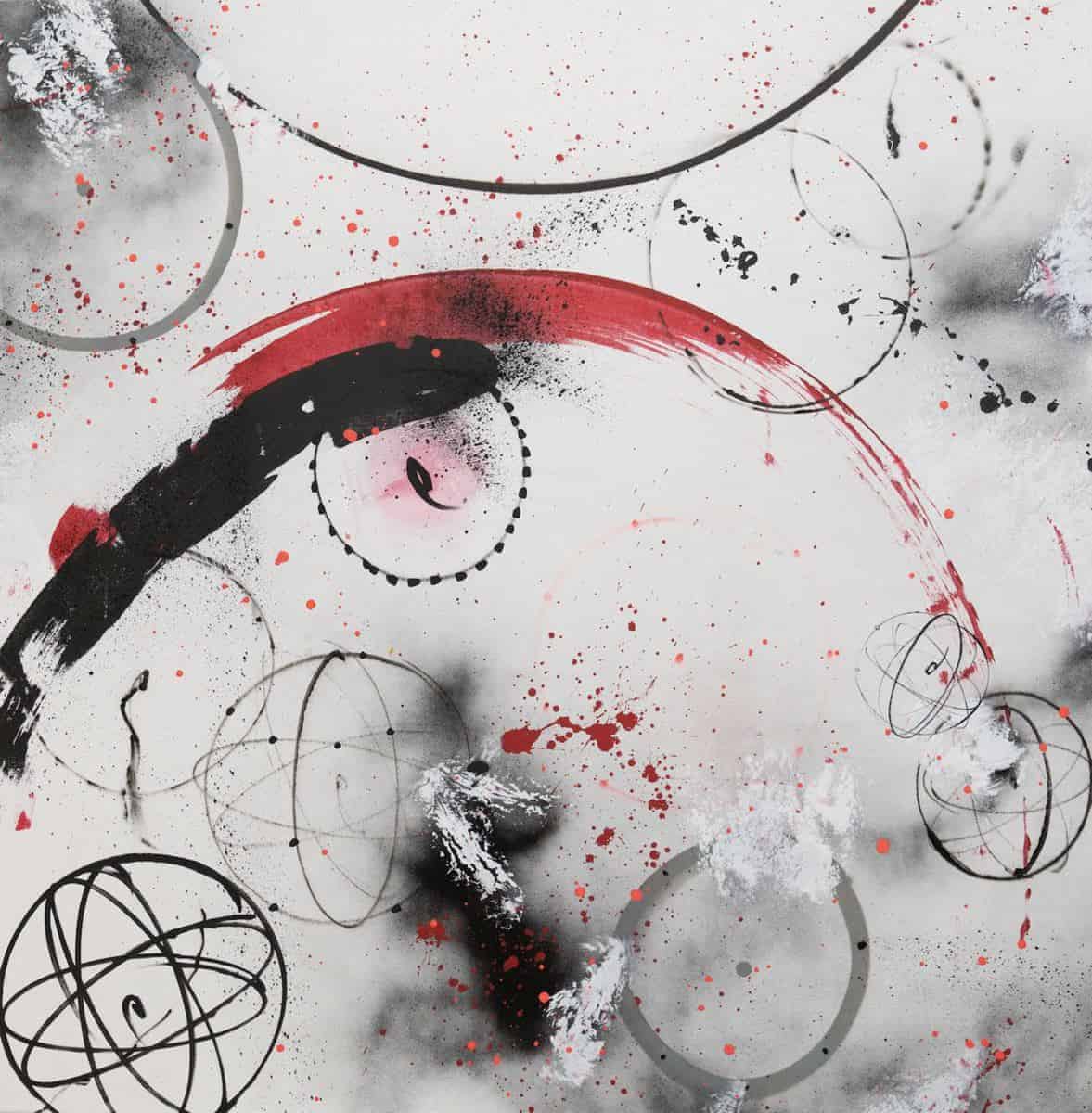
The fact that the works in CONSTELLATION were created during his time in Singapore begs the question as to whether these works might, perhaps, bear some trace of the context in which they were made. Futura’s signature tag, the atom, continues to feature prominently in many of his untitled works in the show. As he explained at the media preview, his works are, more often than not, an expression of his inner landscape, a cosmic universe that takes physical form through his paintings. He titles his works only after he has created them, as he can sometimes only discern the subtle influences of time and place in the finished works. It is perhaps noteworthy, therefore, that while many of the works in the show are untitled, there are two which are titled Tiong Bahru and Rosehill, as well as a large tie-dye-like piece called Rain Forest, which the artist said called to mind the tropical rainforests of Singapore.
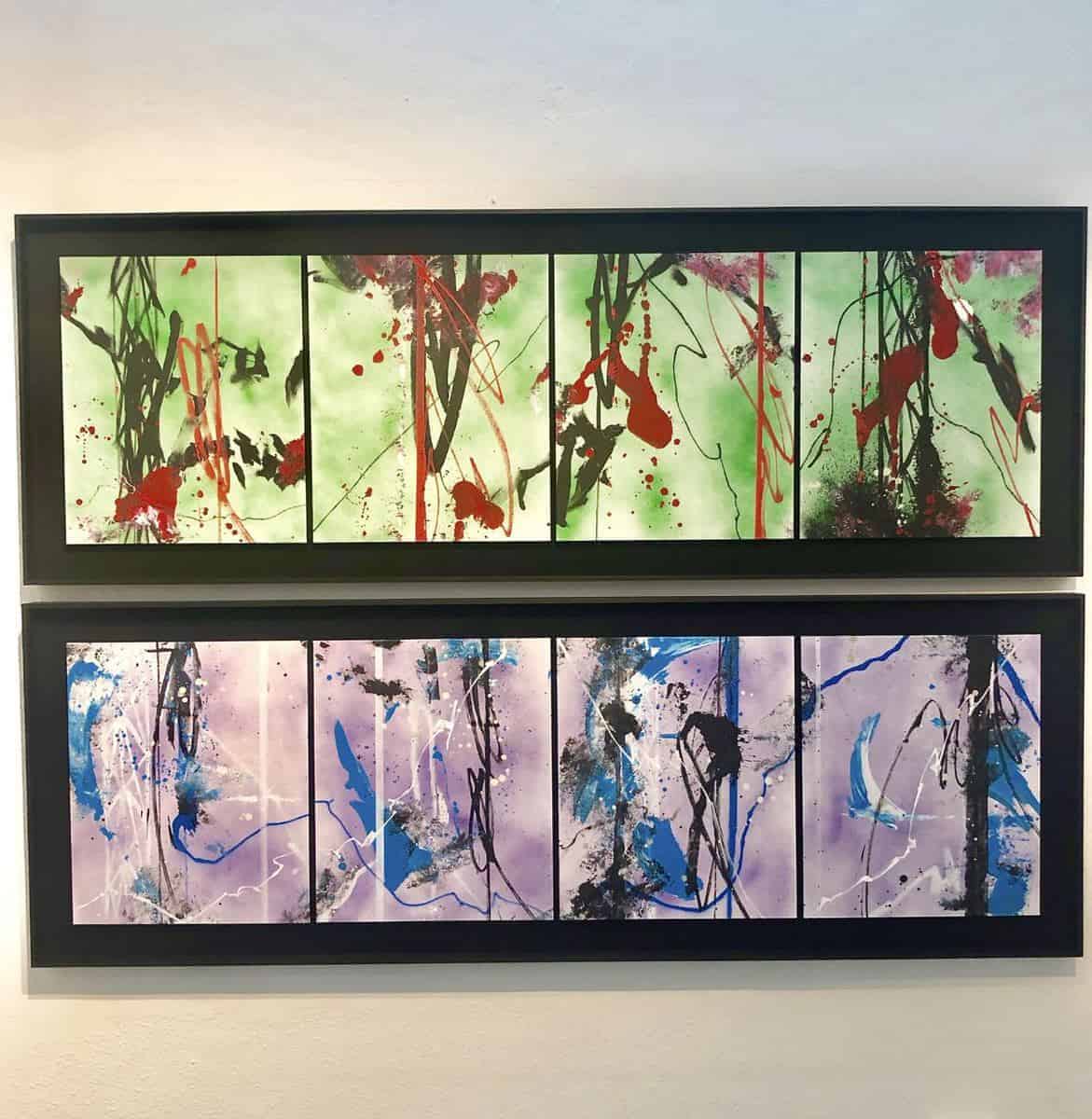
While the works in CONSTELLATION contain many of the motifs that Futura has been known for throughout his career, there is also something fresh and new about them. Perhaps it is because this is something of a ‘back to the future’ moment for him, where he’s brought his past to the present by revisiting Singapore so many years after his first visit and making art here.
Do visit the exhibition if you have the chance – it is on at The Culture Story’s pop-up space at Gillman Barracks till 9 June only. Perhaps you will discover a newfound appreciation of our shores by seeing it through the eyes of Futura.
